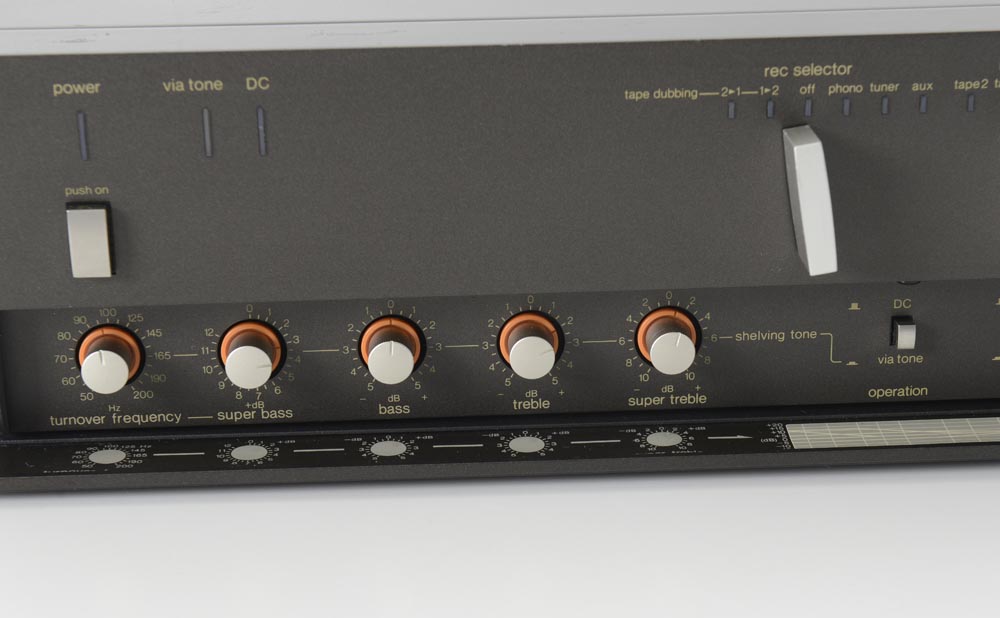I must admit, I've never found tone controls to be of much use in a properly set up system.
I use a Rotel with tone controls in the kitchen, despite having a better amp with no tone controls available, but only because the speakers are on shelves above the kitchen units, so about nine-feet up, so cranking the treble up lets you actually hear it!
But in a well set up system I've never found much benefit. If the system is say bass light, there is a problem so you identify that problem and fix it. If the treble on a recording is harsh a treble control won't fix it. They are too limited and blunt a tool to be of much use.
I don't have anything against them and I agree, an amplifier can both sound good and have tone controls, but if I'm looking at amplifiers they're not a consideration.
I use a Rotel with tone controls in the kitchen, despite having a better amp with no tone controls available, but only because the speakers are on shelves above the kitchen units, so about nine-feet up, so cranking the treble up lets you actually hear it!
But in a well set up system I've never found much benefit. If the system is say bass light, there is a problem so you identify that problem and fix it. If the treble on a recording is harsh a treble control won't fix it. They are too limited and blunt a tool to be of much use.
I don't have anything against them and I agree, an amplifier can both sound good and have tone controls, but if I'm looking at amplifiers they're not a consideration.


